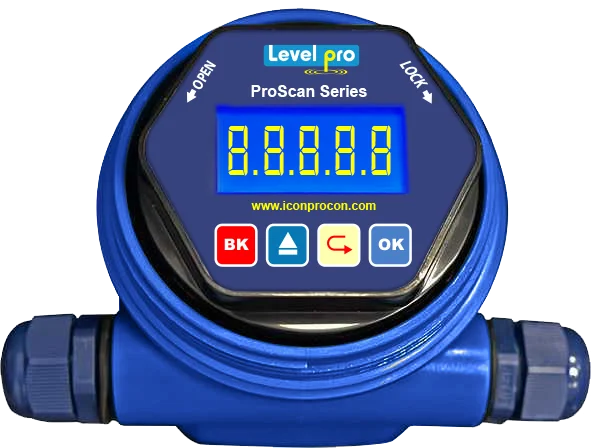80G Radar Tank Liquid Level Sensors -The Better Choice

Radar level sensors can be used to determine the height of liquids and solids in storage tanks and other containers. One key distinction between legacy radar level sensors (operating at 26GHz) and modern sensors (operating at 80GHz) is their operating frequency. The evolution of technology is undeniable.
The older 26GHz radar level sensors operate at a lower frequency, of 26GHz, than the current 80GHz radar level sensors. The longer wavelength afforded by the 26GHz sensors’ lower frequency allows them to peer through tank obstructions like dust, mist, and other contaminants. The longer wavelength has advantages in terms of range, but it also makes the signal more susceptible to interference from things like metal and other radar signals. The reliability of the measurement may suffer as a result.
But radar-level sensors operating at 80GHz operate at a higher frequency than 26GHz sensors. The tank’s mist, dust, and other obstructions make it more challenging for signals of higher frequency, which have shorter wavelengths. Having a signal that is less susceptible to interference from other sources as a result of the shorter wavelength allows for more accurate measurements.
A further distinction between classic radar level sensors and modern ones is the beam width. It is possible for measurement inaccuracies to occur due to reflections from the sidewalls of the tank when using 26GHz radar level sensors, as their beam width is often wider. Radar level sensors typically have a narrower beam width and operate at 80 GHz. This reduces the effect of reflections, leading to a more precise reading.
On top of that, radar level sensors that work at 80 GHz often have better resolution and more accurate readings. The ability to identify materials that are either small in size or have a low dielectric constant is very useful for applications that demand a high degree of precision.
The main difference between radar level sensors that operate at 26GHz and those that work at 80GHz is, as stated previously, the operating frequency. The 80GHz radar level sensors have more accuracy, less susceptibility to interference, and higher resolution than their 26GHz predecessors. The 80GHz sensors are less effective in penetrating the tank’s obstructions like dust, mist, and other pollutants. The correct technological strategy will be determined by the specifics of the application and the environment in which the sensor will function.


